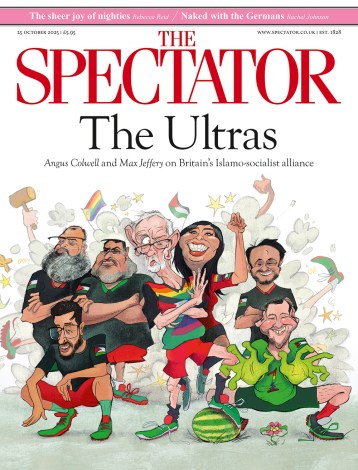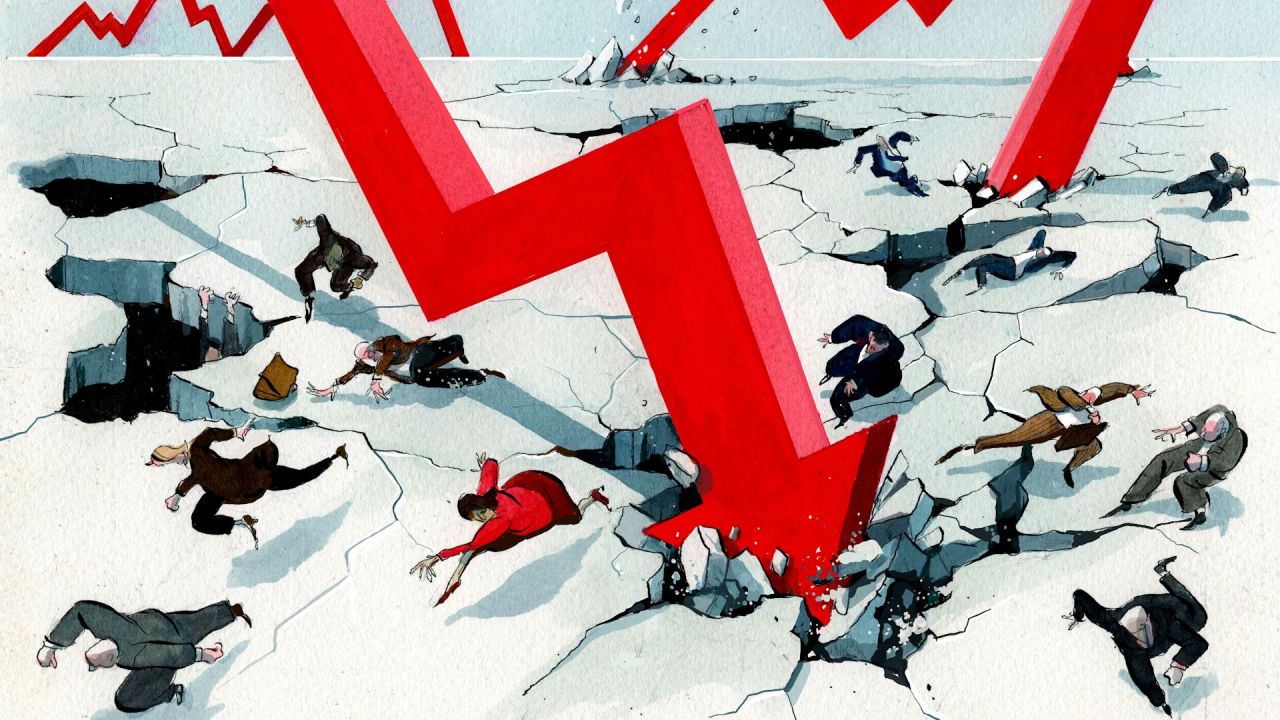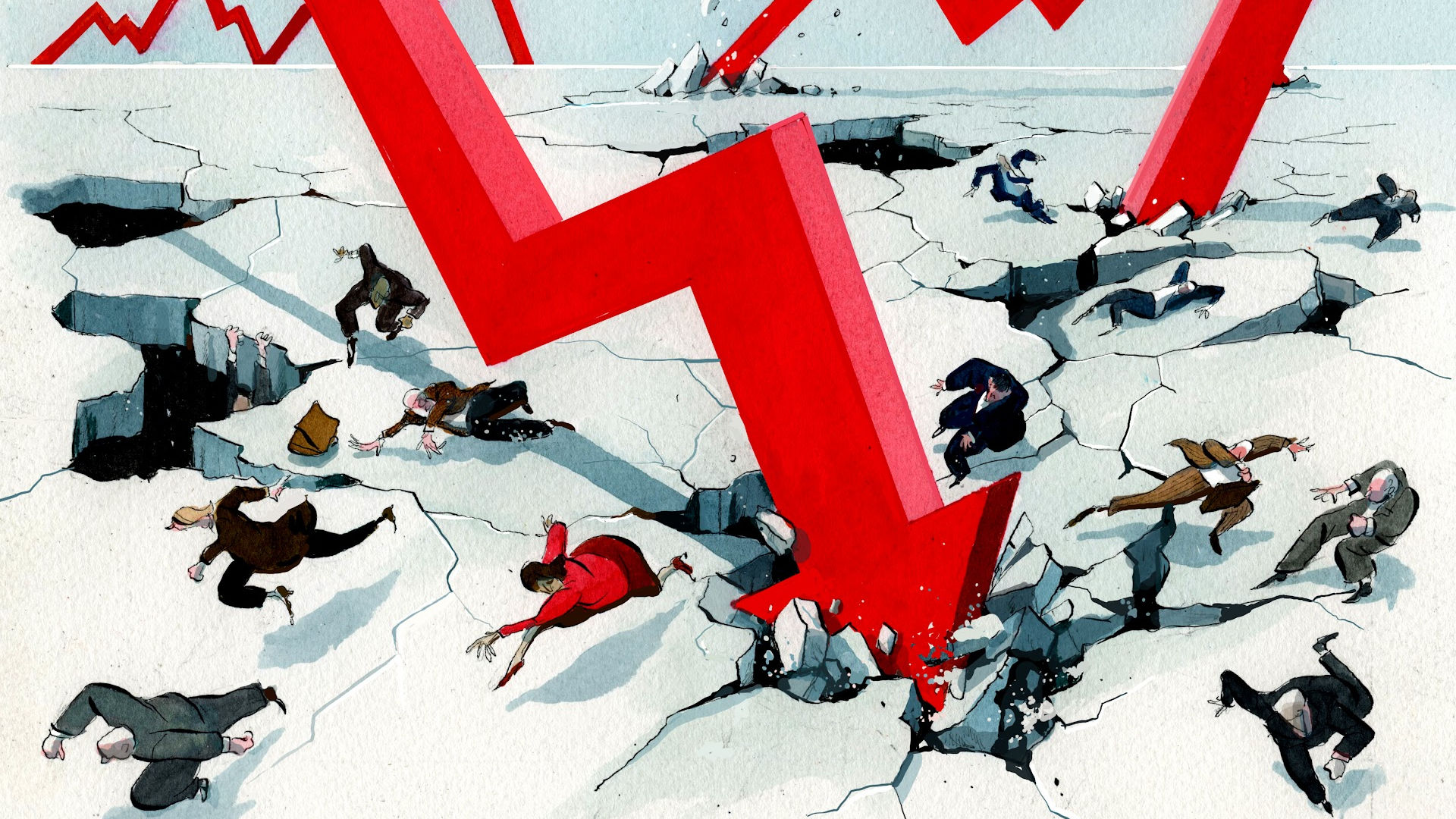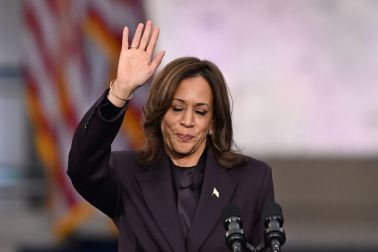The average two-year fixed mortgage now sits at 6 per cent, according to financial data group Moneyfacts – just below the 6.65 per cent reached in December last year, after the fallout from Liz Truss’s mini-Budget. Five-year fixed rates aren’t too far behind, at 5.7 per cent. For many of the 2.4 million homeowners whose mortgages are up for renewal between now and the end of next year, this is, at best, cause for alarm. At worst, it’s an alert to a crisis.
Later this week, we’ll get last month’s inflation data – and the next rate update from the Bank of England. Threadneedle Street’s dilemma is only getting worse. Between core inflation rising last month (from 6.1 per cent on the year last April to 6.8 per cent two months ago) and last week’s labour market update – which saw record pay hikes in nominal terms – expectations for peak rates have been rising, up to nearly 6 per cent. The knock-on effects have been brutal: major banks including HSBC and Santander have been pulling mortgage offers as the situation keeps changing so quickly. There is talk of average payments tripling, if not quadrupling.
This was always the risk of rising interest rates: that the instabilities and landmines lurking underneath the surface of the UK economy would eventually be discovered. Following the LDI pensions scare last autumn and the banking sector crisis from several months back, the housing market might be next (on a long list of things) to tremble. Already there is talk of another late 1980s-style hit to mortgages, when rates hit double digits and homes were soon repossessed. Rates are a long way off that still. But it’s becoming increasingly apparent that, even at very normal historical levels, rates are causing serious trouble.
That trouble extends to the government, where Rishi Sunak won’t simply be thinking about his pledges made for the future, but the promises made in the recent past. One of the major selling points of Sunak coming into No. 10 after the Truss debacle was the trust he commanded from the markets. His arrival back to Whitehall, alongside Chancellor Jeremy Hunt, saw demands from international markets almost immediately ease and borrowing costs fall.
That was the impact of having a far more fiscally hawkish politician take charge, after Truss’s spending spree. But international trends are still at play: the era of low interest rates seems to have well and truly come to an end, and that is completely out of Sunak’s hands. Now gilt yields are basically back to where they were after the mini-Budget – and mortgage costs are going up and up. Unlike the fallout from last autumn’s fiscal event, this may not be the government’s doing. But Sunak and his ministers will have to take the heat.








Comments